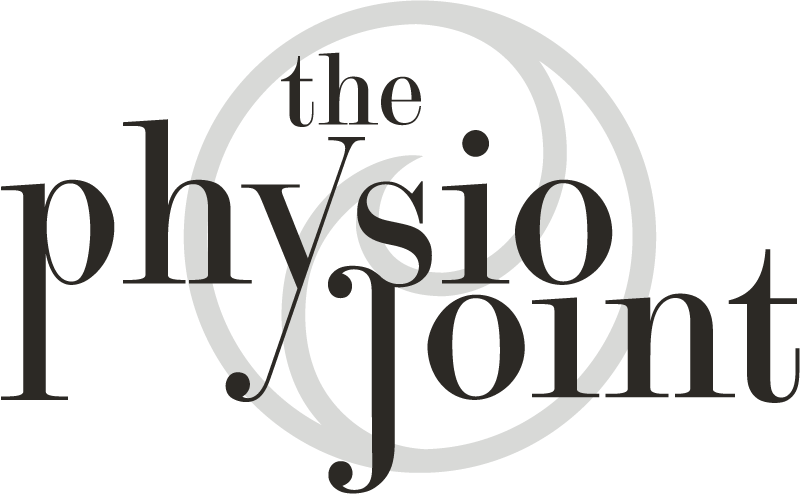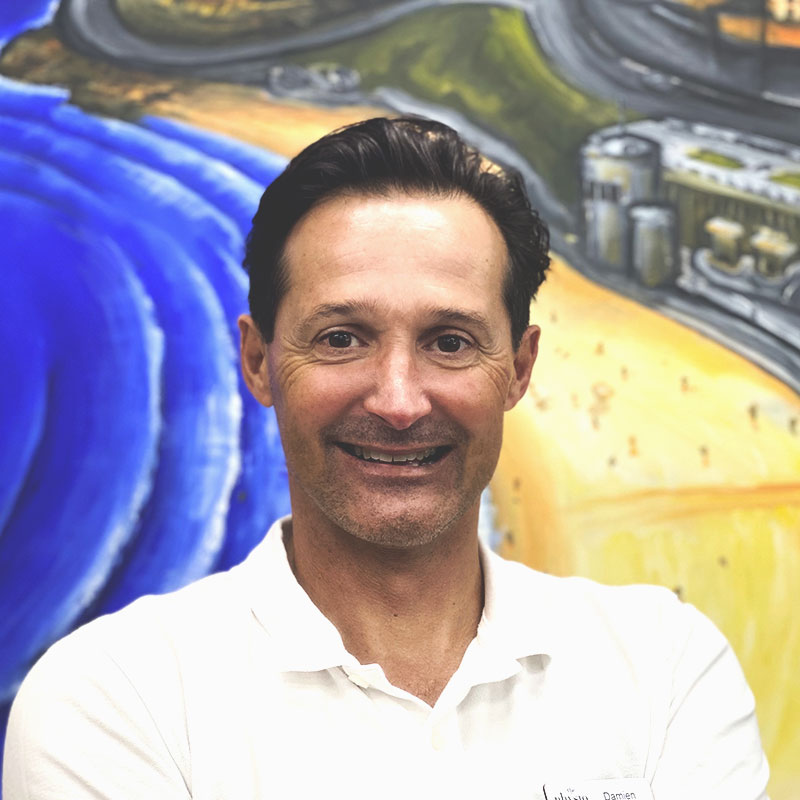In visiting us here at The Physio Joint, you can bet that we’ll send you home with at least one exercise to maintain and build on what we have achieved with you in your initial treatment session.
You may have this exercise for the first couple treatment sessions, but there will come a time when we will look to progress this exercise. This is due to our body’s ability to adapt to a demand it is subjected to over time.
Take for example, you were looking to do an exercise to get stronger/fitter. An exercise that started off as moderately difficult soon becomes easier. You would then make the exercise slightly harder to match your improved capacity. This is a concept called progressive overload and it ensures that the muscles and tissues asked to do a particular exercise are continuing to improve and don’t plateau.
However, the people we see often have pain ad this throws in another factor that we must consider. Body tissues in pain after an injury will need remodelling in order to return to their former non-symptomatic form. But how do we remodel tissue? The simple answer is just like we would if we were at the gym or doing an exercise to make it stronger or more flexible: through progressively overloading the tissue. We want to challenge the joint/muscle to the edge of pain but not so far that your body reacts detrimentally with inflammation and swelling.
A good way to make sure we aren’t pushing you too much or too little is using the McKenzie Institute: GREEN, ORANGE and RED light framework. In this system we look at two factors.
1. Pain during exercise
- Green Zone: Pain between 0-3 out of 10 whilst doing the exercise is the ideal range
- Orange Zone: Pain between 4-6 out of 10 whilst doing the exercise is an indicator it is time to stop and modify the exercise to make it less painful
- Red Zone: Pain between 7-10 out of ten is a sign that the exercise is far too difficult and provocative to consider at this point
2. Pain after the exercise
After every exercise you must be either better or no worse in terms of pain. You may be muscularly sore as if you’ve worked a muscle hard, but you should never be worse in terms of pain
With this framework, we will find an exercise or exercises that fits in this green zone for you. We will also be looking to progress the difficulty of the exercise when we think your body has adapted enough to cope with the increased demand. This will ensure that we are always moving you forward and remodelling the painful tissues appropriately and safely.




